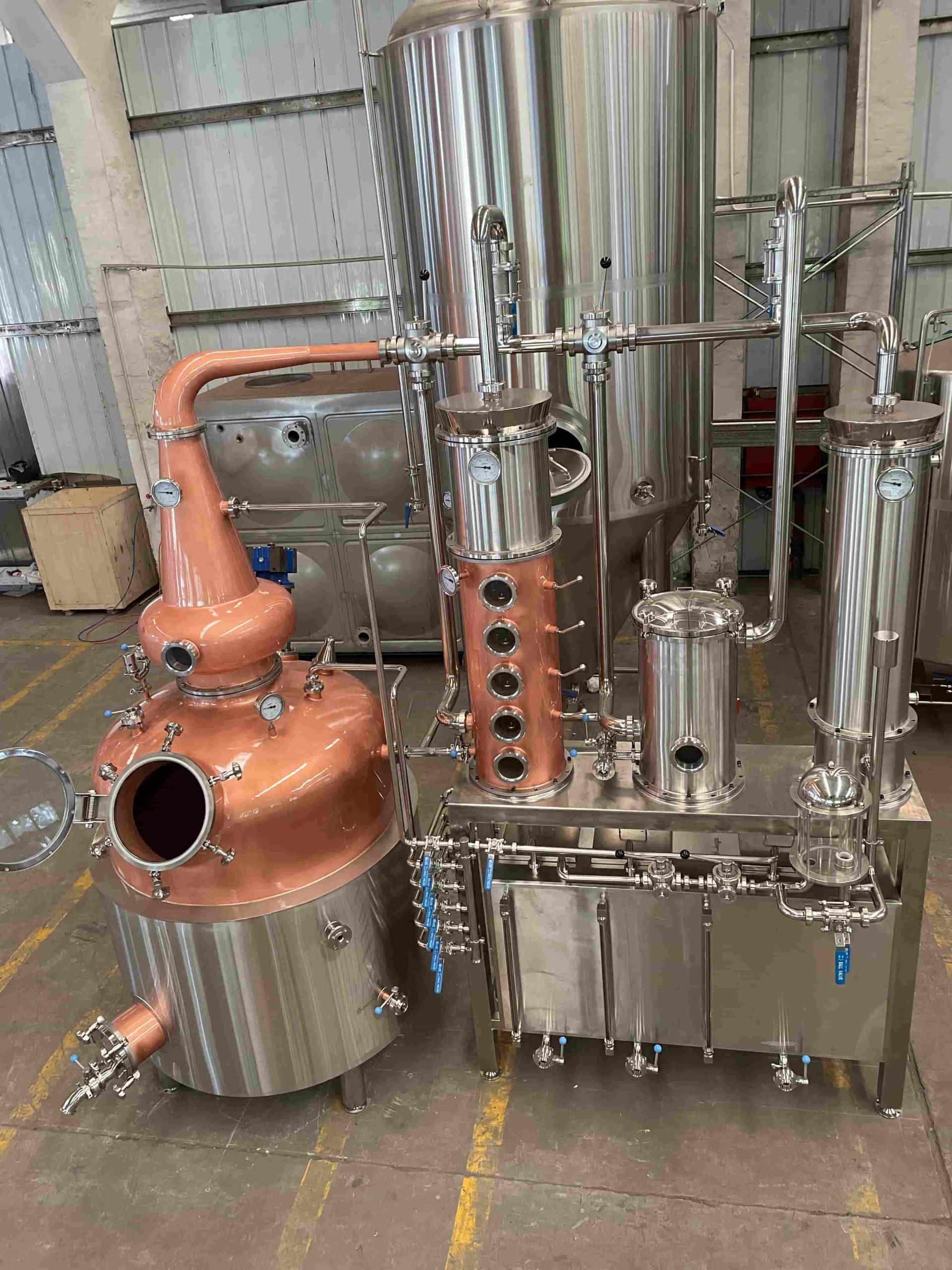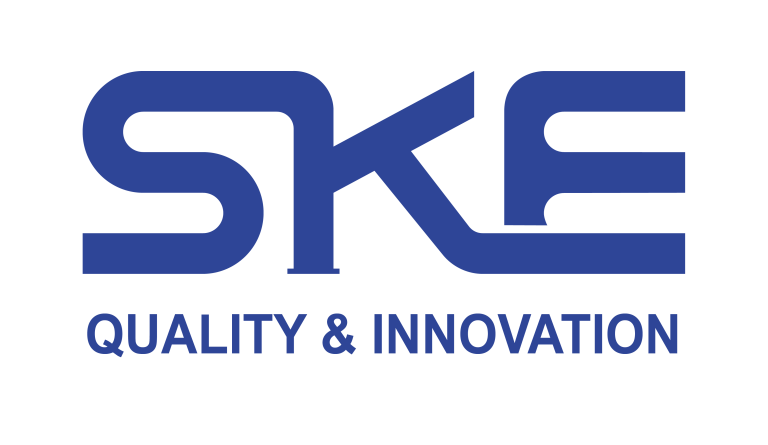Introduction
In today’s craft-spirits world, distillery equipment is the heartbeat of every successful operation. Whether you’re perfecting your first small-batch gin or scaling up a boutique whiskey label, the right tools make all the difference. In this guide, we unveil seven revolutionary upgrades from SKE Equipment—trusted by BCB London—and clarify the key differences between alcohol distillation and spirit distillation. To help you decide quickly, we’ve also included a side-by-side comparison of the two most popular still types. Ready to elevate your spirit? Let’s dive in! ⚗️
1. Why Distillery Equipment Is a Game-Changer🛢️
High-quality distillery equipment controls every nuance of your process:
Flavor Precision: Even heat distribution prevents scorching and retains delicate aromatics.
Yield Maximization: Efficient reflux columns and condensers capture more alcohol per batch.
Safety & Hygiene: Built-in CIP systems and food-grade materials guard against contamination.
Imagine bottling your inaugural run of smooth gin or potato vodka—every sip echoes the meticulous design of your equipment.

2. Core Components of Modern Distillery Equipment🚿
Professional distillery equipment comprises:
Mash & Lauter Tuns: Extract fermentable sugars from grain.
Pot Stills & Column Stills: Vaporize and concentrate alcohol (key for alcohol distillery equipment).
Reflux Columns: Cycle vapor for higher purity—vital in spirit distillery equipment.
Condensers: Rapidly cool vapor into liquid spirit.
CIP Systems: Automated Clean-In-Place loops for effortless sanitation.
Spirit Safes & Collection Vats: Monitor ABV and blend batches with precision.
With SKE Equipment’s modular designs, scaling from a 500 L pilot to a 10 000 L facility is seamless—no costly rebuilds required.
3. Difference Between Alcohol Distillation and Spirit Distillation📦
While the terms often overlap, there’s a subtle distinction:
| Aspect | Alcohol Distillation | Spirit Distillation |
|---|---|---|
| End Product | Neutral alcohol (e.g., ethanol for fuel or pharma) | Flavored beverages (e.g., whiskey, gin, rum) |
| Purity Targets | Very high (up to 95–96% ABV) | Moderate (40–60% ABV), retaining congeners for character |
| Column Design | Multiple plates or packed columns for max purity | Fewer plates or pot stills to preserve flavor compounds |
| Reflux Ratios | High reflux for repeated vapor cycling | Lower reflux to allow congeners through |
| Regulatory Focus | Industrial standards, purity testing | Beverage regulations, flavor profiling, aging requirements |
In essence, alcohol distillery equipment aims for maximal purity, stripping almost all aroma and taste, while spirit distillery equipment focuses on preserving and enhancing the character compounds that give spirits their unique profiles.
4. Customer FAQs🤔
Q1: How do I choose between a pot still and a column still?
A1: If your goal is high-proof neutral spirit, a multi-plate column still (alcohol distillery equipment) is ideal. For flavored spirits like whiskey or rum, a pot still or hybrid column (spirit distillery equipment) preserves congeners and aroma.
Q2: What batch size should I start with?
A2: A 500 L pilot system helps you refine recipes affordably. SKE Equipment’s modular units let you bolt on 1 000 L or larger columns as your brand grows.
Q3: Is an automated CIP system necessary?
A3: Yes. Automated Clean-In-Place reduces labor by 70% and ensures every vat and pipe meets rigorous BCB London sanitation standards.
Q4: How often should I inspect my reflux column packing?
A4: Quarterly inspections and annual repacking keep your spirit distillery equipment performing at peak efficiency.
5.Ready to Transform Your Distillery? 🎯
Invest in SKE Equipment’s proven distillery equipment, backed by BCB London protocols, and turn every batch into a masterpiece.
👉 Get a Custom Quote | 📘 Download Our Free Whitepaper
Your next iconic spirit starts with the right gear!
